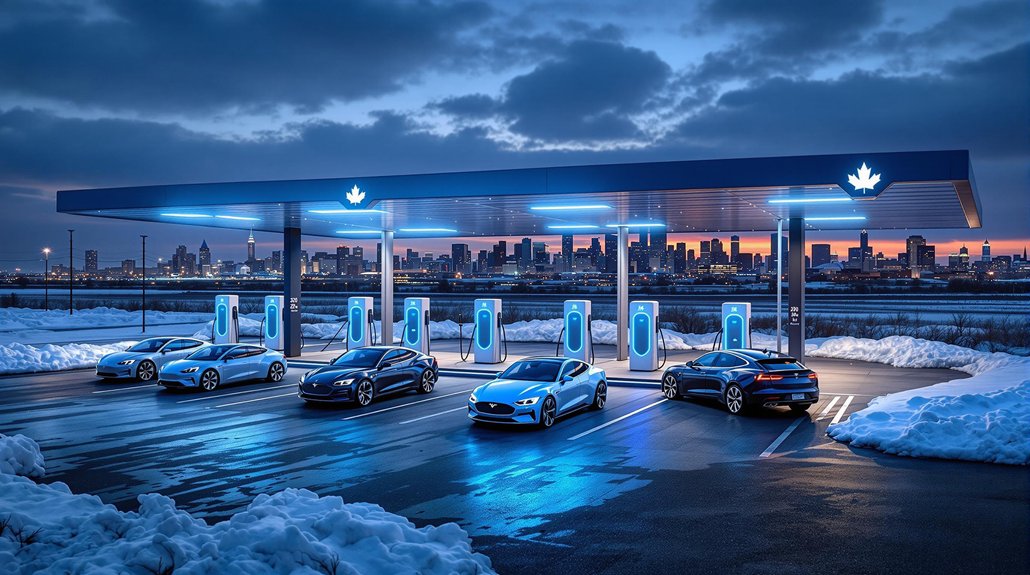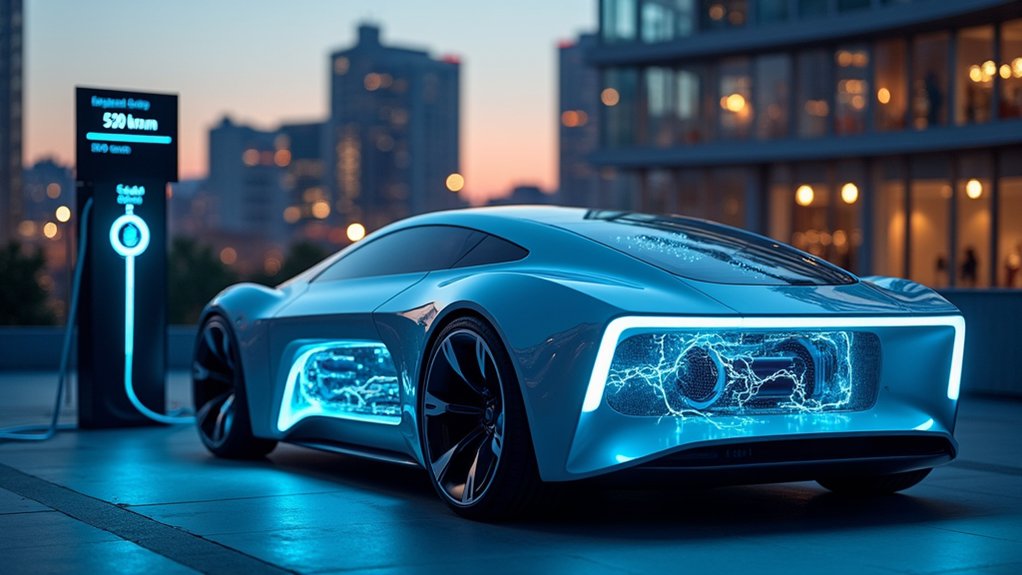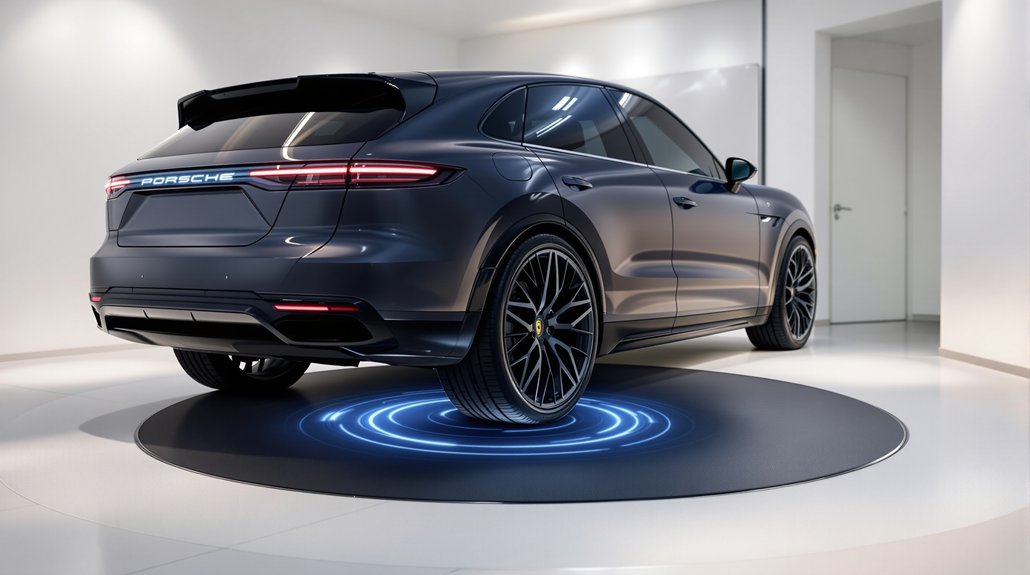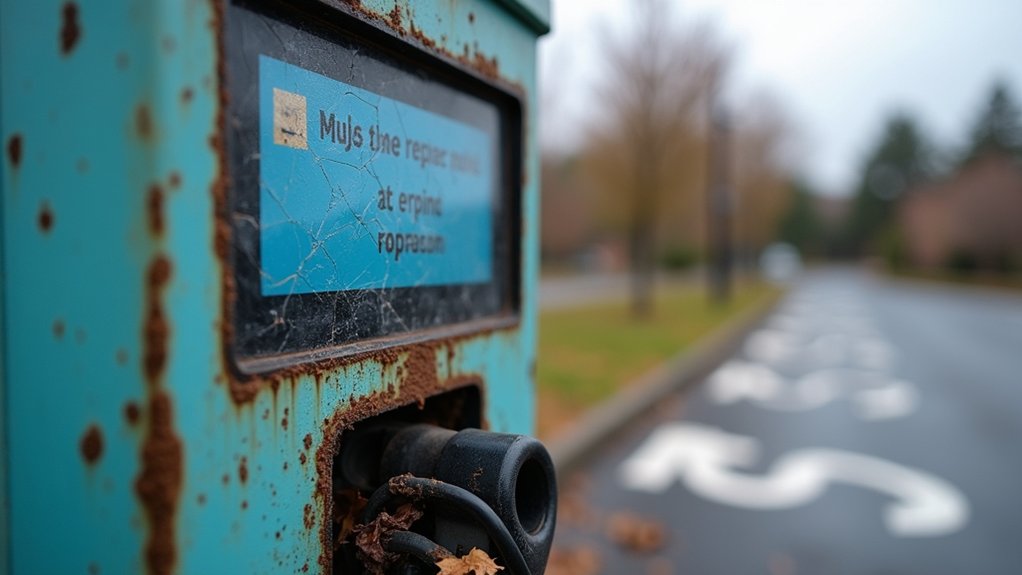While traditional charging infrastructure has long been a barrier to electric vehicle adoption, Edmonton’s latest rollout of ultra-fast EV chargers is dramatically reshaping the landscape for drivers across Alberta’s capital. The newest installations deliver an impressive 320 kW charging capacity, dwarfing the capabilities of conventional Level 2 chargers that dominated the market just years ago.
The strategic deployment along major corridors, particularly the Queen Elizabeth Highway 2, addresses the critical Edmonton-Calgary route that has historically suffered from charging gaps. These stations support all major connector standards—CCS, NACS, and CHAdeMO—guaranteeing compatibility regardless of vehicle make. I’ve observed that some premium locations even offer Hyper-Fast options reaching 350 kW, catering to the next generation of high-capacity EVs. The fastest EV charger in the region was recently launched by EQUS at Junction 42 Business Park along the QEII Corridor.
Edmonton’s new chargers join over 1,080 ultra-fast units across North America, with networks like Electrify Canada establishing multiple high-capacity stations within city limits. Major operators Ivy and Jolt continue expanding urban coverage through multi-port sites at business parks and high-traffic areas. This expansion reflects the significant 27.8% increase in DC fast chargers across Canada over the past year. These developments highlight the chicken-and-egg scenario between charging infrastructure availability and increasing EV adoption rates.
The introduction of this technology directly impacts Edmonton’s EV adoption trajectory. Fleet operators now have compelling reasons to convert their vehicles, while daily commuters find range anxiety greatly diminished. The robust charging network has become a legitimate selling point for dealerships promoting larger-battery models.
Financing for these installations comes through a combination of Natural Resources Canada grants and local government initiatives, with private entities like EQUS partnering to enhance electrical infrastructure. The utility grid upgrades necessary for supporting these high-draw stations represent considerable investment in sustainable transportation.
Consumers can access these chargers through various payment structures, including membership plans offering preferential rates. Mobile applications handle payment processing, station location, and even reservation services for busy locations.
The technical implementation includes battery-buffered systems to manage grid load and dual-port configurations maximizing station utilization. Edmonton’s climate considerations required specialized installation parameters to guarantee year-round reliability.
This all-encompassing approach to ultra-fast charging infrastructure positions Edmonton as a forward-thinking hub in Canada’s electric vehicle ecosystem.









